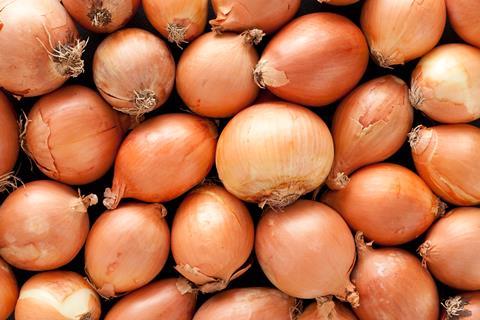
Shoppers face a prolonged period of inflated onion prices in the mults, after EU wholesale prices rose by almost 500% in a year following a significant tightening of supply.
There is a shortage of one million tonnes of onions in the EU this year due to “robust” domestic demand and poor harvests hit by bad weather, according to Mintec, leading to a 483% increase in wholesale prices in the bloc over the past year.
And with the UK heavily reliant on imported onions from the EU, the massive hike is already feeding into supermarket pricing.
Analysis by The Grocer of Assosia data shows 33 onion lines out of 50 in the traditional big four have seen increases of more than 10% over the past year, while five lines saw hikes of more than 40% [w/c 24 April 2023 vs w/c 2 May 2022].
The price surge was attributed to tightening supplies, particularly in Egypt, which is a major exporter to the EU “and has experienced production shortages”, said Mintec analyst Harry Campbell.
“Market participants do not anticipate any price relief until the European harvest starts, given the production shortages across the entire market,” he added.
Prices were likely to continue increasing, according to David Noton, group director at UK grower Nationwide Produce, who noted how the UK produced 400,000 tonnes of onions a year and consumed double that figure.
“I would imagine that they would probably go up a little bit more as the southern hemisphere supply starts to hit the shelves of the supermarkets,” he said. “Then probably in August – when English supply starts to hit the shelves – prices will drop back a bit,” he added.
Noton explained that over June and July there were often a significant proportion of imported onions on UK shelves from the southern hemisphere. However, this year could see even more, due to the weather conditions last summer hitting European and north African harvests.
Pepper shortages reported as poor weather hits supply
“We nearly always bring stuff in for the summer but this year we have had to bring more of it in from Chile, New Zealand, Tasmania as well as some sort of new origins,” he added, such as Argentina, Brazil and Mexico.
Rising costs were also being influenced by a fall in UK production of between 5% and 10% over the past year – the lowest levels in 30 years, Noton said.
“So, I don’t think we are actually going to go into an easy season in terms of supply,” he warned.
This was partly because growing onions was “quite difficult and quite risky” for farmers when compared with more stable crops such as cereals. The land available for crop growth had also declined, with some farming area being lost to solar farms or people growing crops for anaerobic digestion plants, “so the attraction of growing vegetables has waned”, Noton suggested.
Additionally, costs for growers had also been rising for labour, fuel, electricity and water, due to the extreme heat of last summer.
Weather had played a significant role in the plight of growers, according to Noton, who said heat had limited yields and increased the presence of fusarium, a disease found in onions.
The weather was continuing to have a negative impact on planting as rain had slowed planting. Nationwide Produce has already been planting for 10 weeks instead of the normal six at this time of the growing season. However, according to Noton, the crop could still “catch up” if a warmer snap came through in May.
Retailers would have to pay more for produce to resolve this issue, with Noton predicting that while there would be resistance from the retailers in paying higher prices at first, over time they would have to in order to avoid gaps on shelves.
According to The Grocer’s Key Value Items tracker, own label red onions are as much as 43% more expensive year on year.







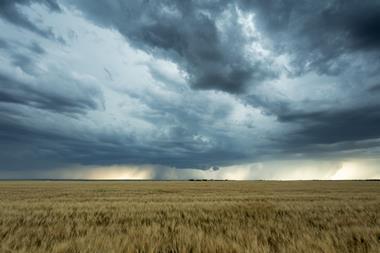
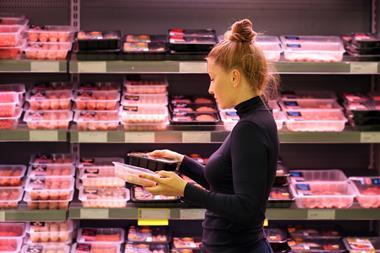
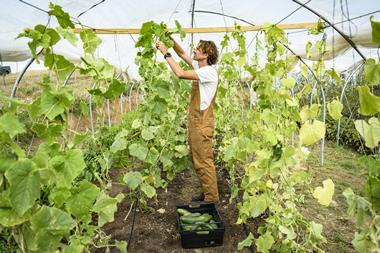

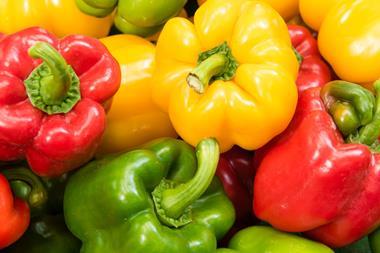


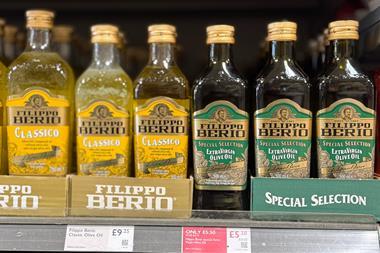




No comments yet